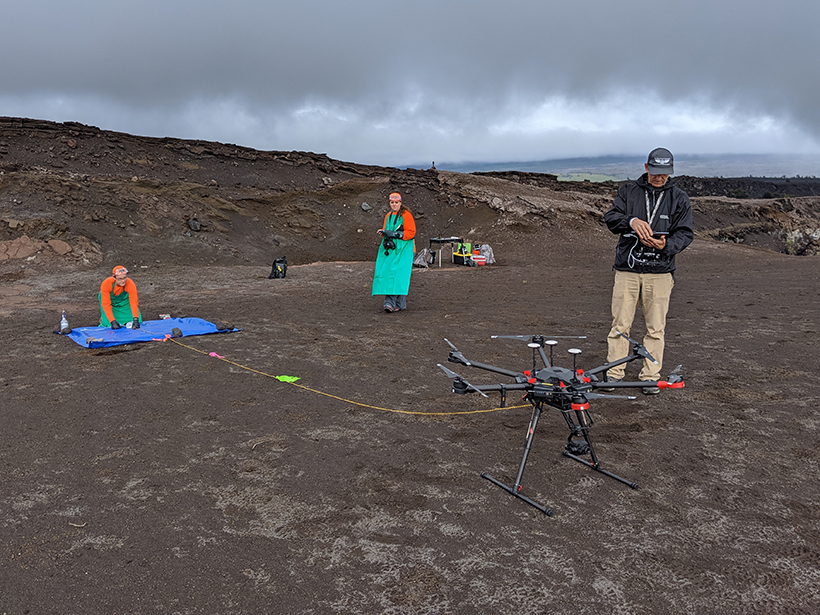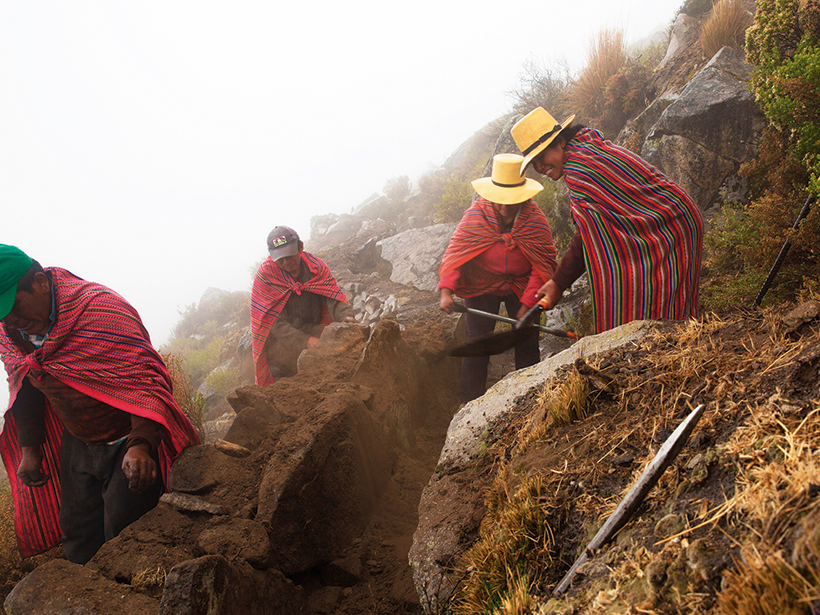Analysis of a disrupted SOS signal during an early polar expedition showcases the importance of taking space weather into account when exploring new frontiers.
Rachel Fritts
Rachel Fritts is a science writer specializing in ecology, sustainability, and Earth science. Her work has appeared in a number of publications, including Ars Technica, Science News, Science, Mongabay, and Hakai Magazine. She also writes scripts about evolution for the PBS Digital Studios channel Eons. Rachel is currently completing a master’s degree in science writing at the Massachusetts Institute of Technology.
NSF Plots a Course for the Next Decade of Earth Sciences Research
Committee members who put together the new report Earth in Time describe this as an “all hands on deck” moment for the field.
El Sistema de Canales Preincaicos Usa Laderas Como Esponjas para Almacenar Agua
Así se preparan para un futuro más seco en la costa occidental de Perú, los investigadores están recurriendo a técnicas del pasado.
Bringing Earthquake Education to Schools in Nepal
The Seismology at School in Nepal program aims to prepare rural communities for the next big earthquake.
New England Forests Were Historically Shaped by Climate, Not People
A first-of-its-kind study combining paleoecology and archeology indicates that the New England landscape was not actively managed with fire prior to European arrival.
Edmond Dewan, Citizen Science, and the Mystery of Ball Lightning
In the early 1960s, a physicist enlisted the help of the public to study a rare atmospheric phenomenon.
Poor Water Management Implicated in Failure of Ancient Khmer Capital
Researchers used remote sensing technologies to map Koh Ker’s buried reservoir and calculate its capacity to hold water during the rainy season.
Pre-Inca Canal System Uses Hillsides as Sponges to Store Water
To prepare for a drier future on Peru’s western coast, researchers are turning to techniques of the past.








